Maple Syrup for Tu B'Shevat
An original story for children 4-8 about Tu B'Shevat, may be copied and shared at no charge, with two recipes
In the middle of the night, Halleli woke to the sound of thunder and rain on the roof. She shivered as lightning lit her room, then pulled the covers over her head and tried to go back to sleep.
“Rise and shine, sleepyhead!” said Imma. This time when Halleli pulled her head out from the covers, sunlight flowed through the window like melted butter on a hot pancake.
Halleli said Modah Ani, the waking-up prayer. Then Imma helped her pour water over her hands, right-left, right-left, right-left, and say the washing prayer.
“Water is a blessing,” said Imma. “It washes away things we don’t want, and it gives life. Nothing grows without rain. I am very happy it rained during the night! Today is Tu b’Shevat, the New Year of trees. Yesterday the earth was hard and dry. Now it is soft from the rain.
“We will dig two holes and plant two trees. This lovely wet earth is a good beginning that will help the trees grow big and strong. In a few years we will have fruit, lemons in winter and peaches in summer.”
Out in the garden, the air smelled sweet and fresh. “Look!” cried Halleli. “The almond tree!”
“Oh my,” said Imma. “Every year around Tu b’Shevat the almond tree blooms. I hope we have many almonds to pick this fall.”
“Are blooms and planting why Tu b’Shevat is the New Year of trees?” asked Halleli.
“No,” said Imma. “Something we usually don’t see is the reason. Do you remember our trip to America, and the special things Grandpa Harry showed us on his farm in Vermont?”
Halleli bit her lip. The question made her think of sun pouring through windows like yellow butter on hot pancakes. Why?
Then Halleli jumped up and down. “I remember! Grandpa was making maple syrup!”
“Yes indeed,” said Imma.
“But what does maple syrup have to do with Tu b’Shevat?” Halleli frowned.
“Do you remember he took us into the woods and showed us how he tapped pegs into trees and hung buckets on the pegs? We watched sap from the trees drip-drip-drip into the buckets.
“Sap from most trees doesn’t have flavor the way maple sap does. Even maple sap right from the tree doesn’t have much taste, but when it is boiled and boiled until nearly all the water is gone, the flavor remains in that little bit of liquid. Then it is delicious syrup.
“All trees have sap, liquid that rises from the roots in the spring. It’d like a tree’s blood, bringing vitamins and minerals to the branches making the tree strong and helping the leaves, blossoms, and fruit grow.”
Imma took her spade and started digging a hole by the stake that Abba had put in the ground.
“Tu b’Shevat marks when the sap starts to rise in the trees here in Israel,” she said. “Winter is ending, spring is coming. When the sap starts to rise, the trees start to grow for the new season.”
“Oh!” Halleli did a little skip-hop. “Because the trees are starting to grow, it is the start of a new year for them. A new year of growing!”
“Right! said Imma.
Halleli took her spade and started to dig next to the second stake that Abba had pounded into the ground. “We are planting our new trees in nice, damp soil so the sap in them will rise, and they will start to grow.”
She dug up some dirt and tossed it aside. “But why does it matter when the sap starts?” Halleli leaned on her spade and looked at Imma, her head tipped to one side.
“You know how we take terumah and maaser from our fruits and vegetables. When our Temple stood in Jerusalem, our ancestors took fruits and vegetables there as offerings for God. They gave them to the Kohanim--the priests, to the Levites, who also worked in the Temple, and to poor people.”
Imma started digging again. “We have to know when the fruit started growing so we can do these offerings properly. And for that, we need a New Year to count from.”
“But we don’t have a Temple in Jerusalem, do we?”
“No, but we still follow this plan. Someday, when we have a Temple again, we will bring our offerings to the priests, the Levites and the poor,” said Imma. We keep these laws because the Torah tells us they are important. We don’t know when a new Temple will be built or if Mashiach will come tomorrow. But when it happens, we will be ready.”
Imma set the lemon tree in its hole and pressed earth around it. She helped Halleli dig the second hole. When it was big enough, they put the peach tree in it and tamped down the earth. Then they poured more water around both trees, just to be sure.
“Now,” said Imma as they started back the the house, “how about pancakes and maple syrup for lunch, and for dessert, fruits and nuts that are named in the Bible, in honor of Tu b’Shevat?”
“Yumm!” said Halleli. She put her spade by the door, then ran inside.
For Parents, Teachers and Others
First, apologies for publishing this after Tu b’Shevat.
Glossary
It is followed by ritual handwashing, said with the blessing, “Blessed art Thou, Lord our God, who commanded us to do the ritual of the washing of the hands.”
For more information
Modeh Ani Prayer
The Modeh Ani prayer is said immediately upon awakening, as soon as one sits up. The translation is, “I offer thanks to You, living and eternal King, for You have mercifully restored my soul within me; Your faithfulness is great.”
Ritual Hand Washing
The ritual hand-washing, by most Orthodox done before one has walked “4 amot,” about 6 feet; the Chabad movement says to do it before leaving the bed. It is said with the blessing, “Blessed art Thou, Lord our God, who commanded us to do the ritual of the washing of the hands.”
Terumah and Maaser
https://www.chabad.org/library/article_cdo/aid/5633917/jewish/How-to-Take-Teruma-and-Maaser.htm – a simple explanation of a complicated practice
https://oukosher.org/blog/consumer-kosher/separating-terumah-and-maaser/ a more technical explanation, written primarily for the food industry
https://en.toraland.org.il/beit-midrash/halachic-guides/mitzvot-of-the-land/terumot-and-ma-aserot-101-a-halachic-guide/ A scholarly and highly technical explanation from an organization dedicated to “research, public education, and the application of contemporary halachic [concerning Jewish law] issues that come to the fore in the special bond between Torah and the Land of Israel in our day and age.” (https://en.toraland.org.il/services/)
Tu b’Shevat
https://www.myjewishlearning.com/article/tu-bishvat-ideas-beliefs/, written for non-Orthodox Jews looking to learn more about Jewish traditions and beliefs.
https://www.chabad.org/library/article_cdo/aid/3264/jewish/15-Shevat-2025.htm . A gateway article with links to many additional articles about this holiday.
https://aish.com/abcs-of-tu-bshvat/ . An article about the holiday written for all readers.
Recipes
Homemade “Maple Syrup”
Maple syrup is very, very expensive in Israel. I make my own using a recipe based on one I found online at www.melskitchencafe.com . I use Frontier Co-op Maple Flavor, which I buy online.
2 cups granulated sugar
¼ cup packed brown sugar (light or dark)
1/8 cup silan (date syrup); the original calls for honey
1 cup water
½ tsp. maple flavor/extract
½ tsp. vanilla flavor
Combine the sugar, date syrup or honey, and water in a deep pot. Bring to a boil and reduce to low. Cover the pan and simmer it for 15 minutes.
Remove from heat and let it cool for 20 minutes before adding the maple and vanilla flavor.
Let it cool for another 40 minutes or so, stirring occasionally. Store in the refrigerator; it will keep about two months.
Date-Nut-Fruit Balls for Tu b’Shevat
½ cup almonds raw, with skin removed*
½ cup walnuts
1 cup pitted dates**—Medjool are best
1 cup assorted other dried fruit, to taste (apricots, raisins, prunes, cherries, or whatever you prefer)
1 Tbsp. honey or silan (date syrup)
½ to 1 Tbsp of orange or apple juice if using very dry fruit; not necessary if the fruit is still soft
unsweetened coconut flakes (for topping only)
Add all ingredients except coconut to a food processor. Pulse until finely chopped.
Roll into ping-pong-sized balls. Roll the finished balls in unsweetened coconut.
*To remove skins from whole almonds, blanch for a few moments in boiling water. When the skins shrivel a bit they are loose. Dump into cold water for a few moments to cool and slip the skins off.
**If you cannot find kosher pitted dates and want these to be kosher, open each date and inspect it; dates sometimes have tiny bugs (they look like mustard seeds) around the pit and those dates must be discarded for kosher use.



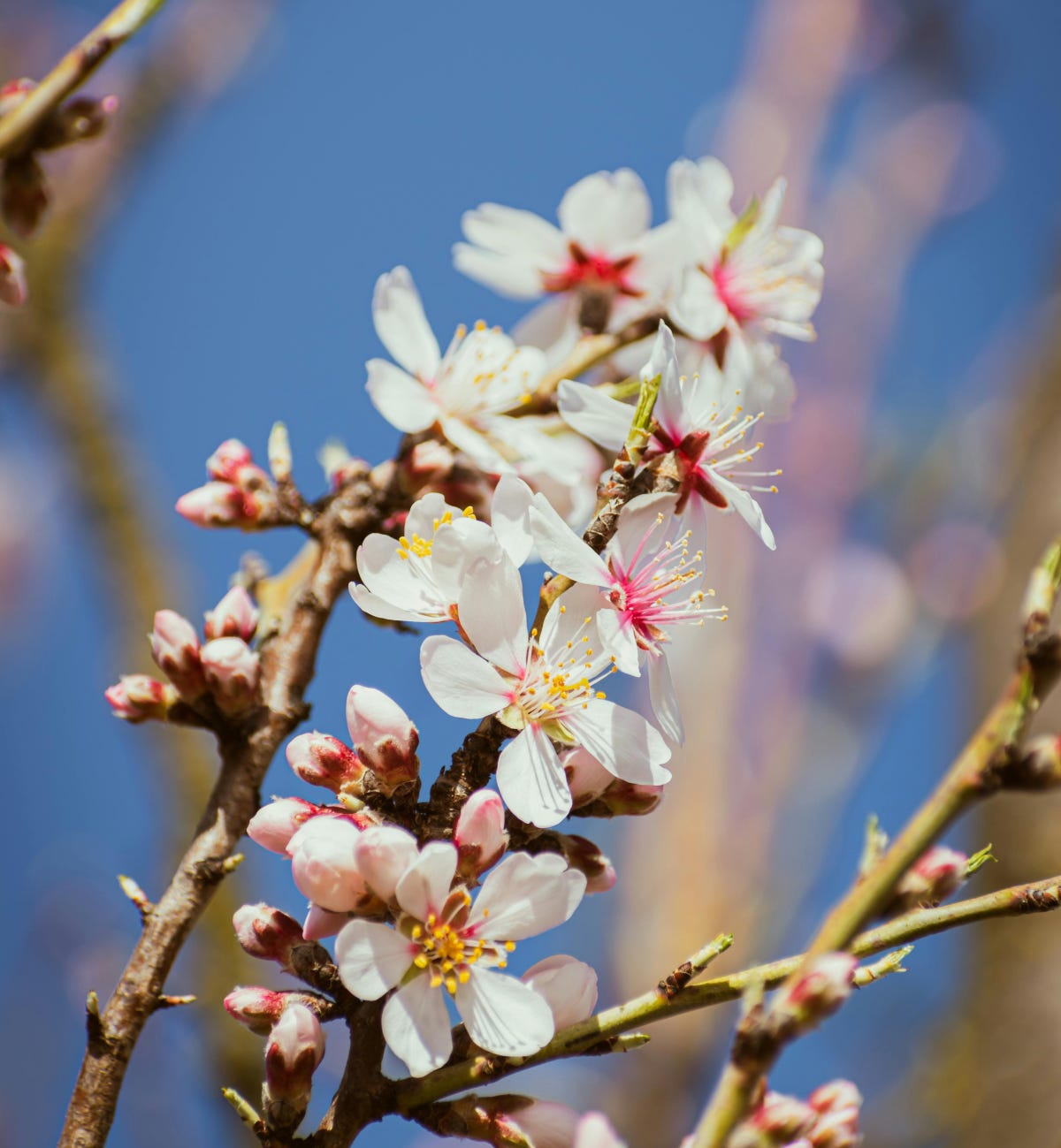
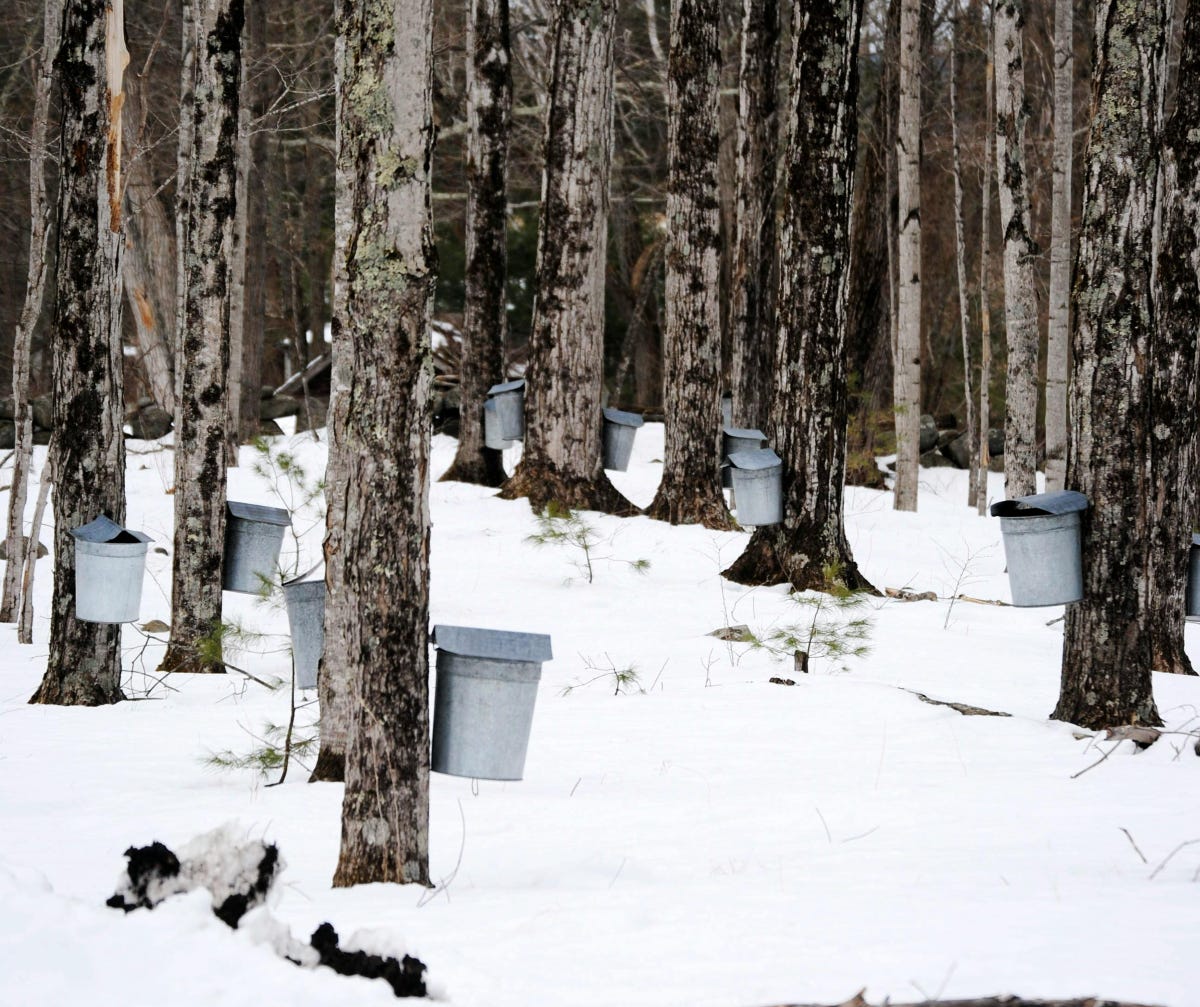
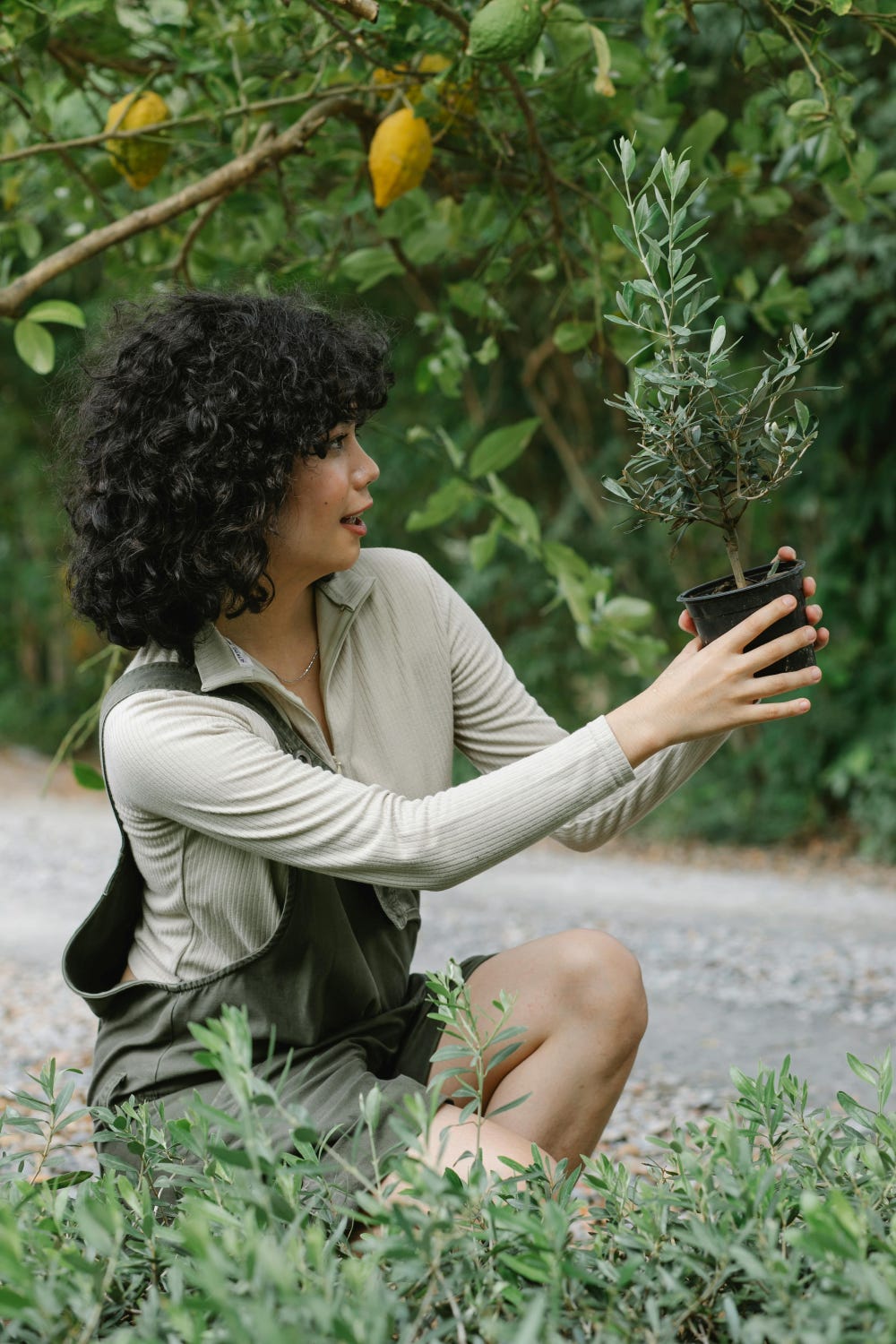
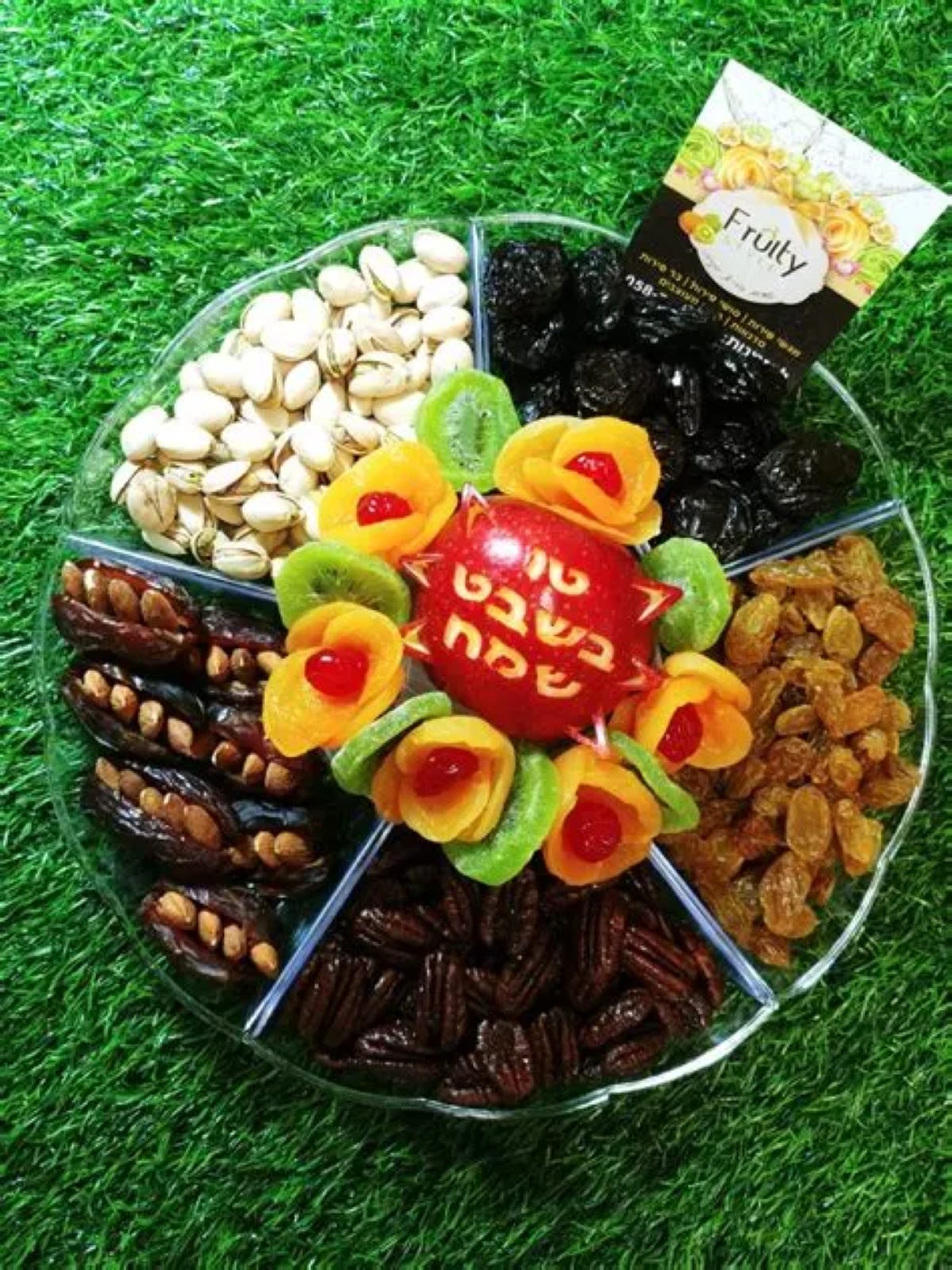
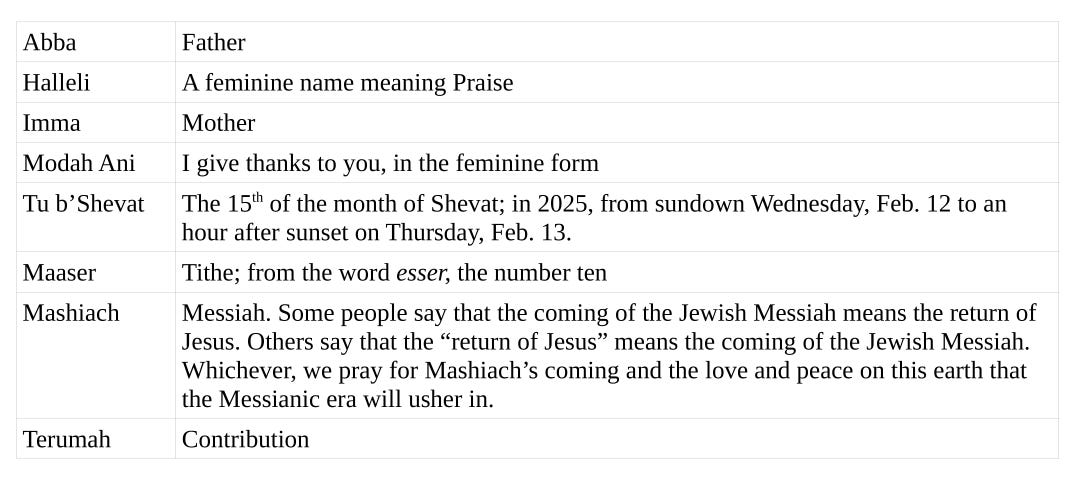
Beautiful, warm and informative story
I loved reading the story, the glossary of terms and the recipes! Except the bugs in the dates which I now know are bugs!!!